Lime from Sheetrock
ytnok
18 years ago
Featured Answer
Comments (31)
apcohrs
18 years agoRelated Professionals
Carlisle Landscape Architects & Landscape Designers · Reading Landscape Architects & Landscape Designers · Oconomowoc Landscape Architects & Landscape Designers · Palm Springs Landscape Architects & Landscape Designers · Woburn Landscape Contractors · Matthews Landscape Contractors · Brookline Landscape Contractors · Melrose Park Landscape Contractors · Middle River Landscape Contractors · Rockwall Landscape Contractors · Wilton Landscape Contractors · Hawaiian Gardens Landscape Contractors · Aberdeen Decks, Patios & Outdoor Enclosures · Larkspur Decks, Patios & Outdoor Enclosures · Towson Decks, Patios & Outdoor Enclosuresytnok
18 years agoalfie_md6
18 years agovicky4x4
18 years agoadirondackgardener
18 years agoytnok
18 years agodvdgzmn
18 years agogarnetmoth
18 years agoUser
18 years agoapcohrs
18 years agoPurpleRainbow
18 years agoField
18 years agoKimmsr
18 years agodieseldog
17 years agosqueeze
17 years agoKimmsr
17 years agopablo_nh
17 years agodieseldog
17 years agomaggiemae_2006
17 years agodieseldog
17 years agodieseldog
17 years agoalphonse
17 years agokpic
10 years agoKimmsr
10 years agoBill Fleming
9 years agogrubby_AZ Tucson Z9
9 years agoKimmsr
9 years agotoxcrusadr
9 years agospedigrees z4VT
9 years agotoxcrusadr
9 years ago
Related Stories

DECORATING GUIDESFrom Queasy Colors to Killer Tables: Your Worst Decorating Mistakes
Houzzers spill the beans about buying blunders, painting problems and DIY disasters
Full Story
DECORATING GUIDESPop Culture Watch: 12 Home Trends from the '80s Are Back
Hold on to your hat (over your humongous hair); interior design elements of the 1980s have shot forward to today, in updated fashion
Full Story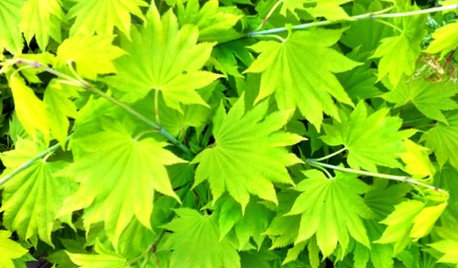
LIME FOLIAGE16 Stunners From an English Garden Center
Get the abundant, overflowing look of an English garden with these hardworking spring-blooming plants and flowers
Full Story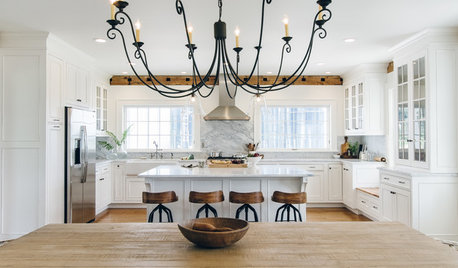
WHITE KITCHENS4 Dreamy White-and-Wood Kitchens to Learn From
White too bright in your kitchen? Introduce wood beams, countertops, furniture and more
Full Story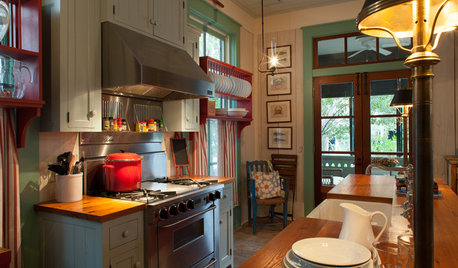
TRADITIONAL HOMESHouzz Tour: Lessons in Florida Cracker Style From a Vacation Home
This casual vintage home style is making a comeback. See the defining features up close in this relaxed house built for a crowd
Full Story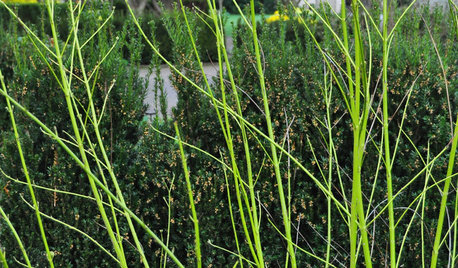
Wake Up Your Garden With Lime-Colored Plants
A sprinkle of bright lime foliage can invigorate darker green garden areas and enliven shady spots all around your landscape
Full Story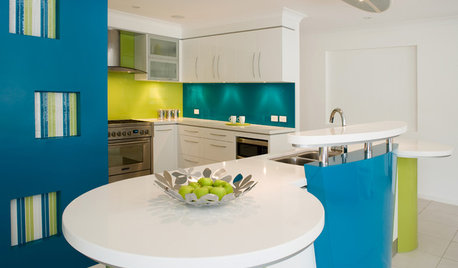
TURQUOISESummer Color Combo: Turquoise and Lime
These Two Eye-Popping Hues Will Cool You Off on Hot Days
Full Story
GARDENING GUIDESHow to Plant a New Lawn From Seed
Choose from more grass varieties and save money over sod by starting your lawn from seed
Full Story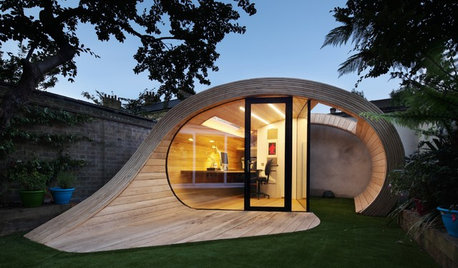
OUTBUILDINGSWorld of Design: 11 Inspiring Sheds From Santa Barbara to Stockholm
Outbuildings from around the world show how sheds and cottages set the scene for everything from baking in a sauna to beekeeping
Full StoryMore Discussions






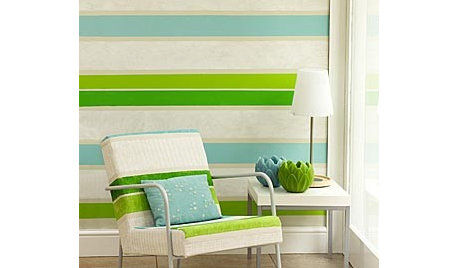

bill13286